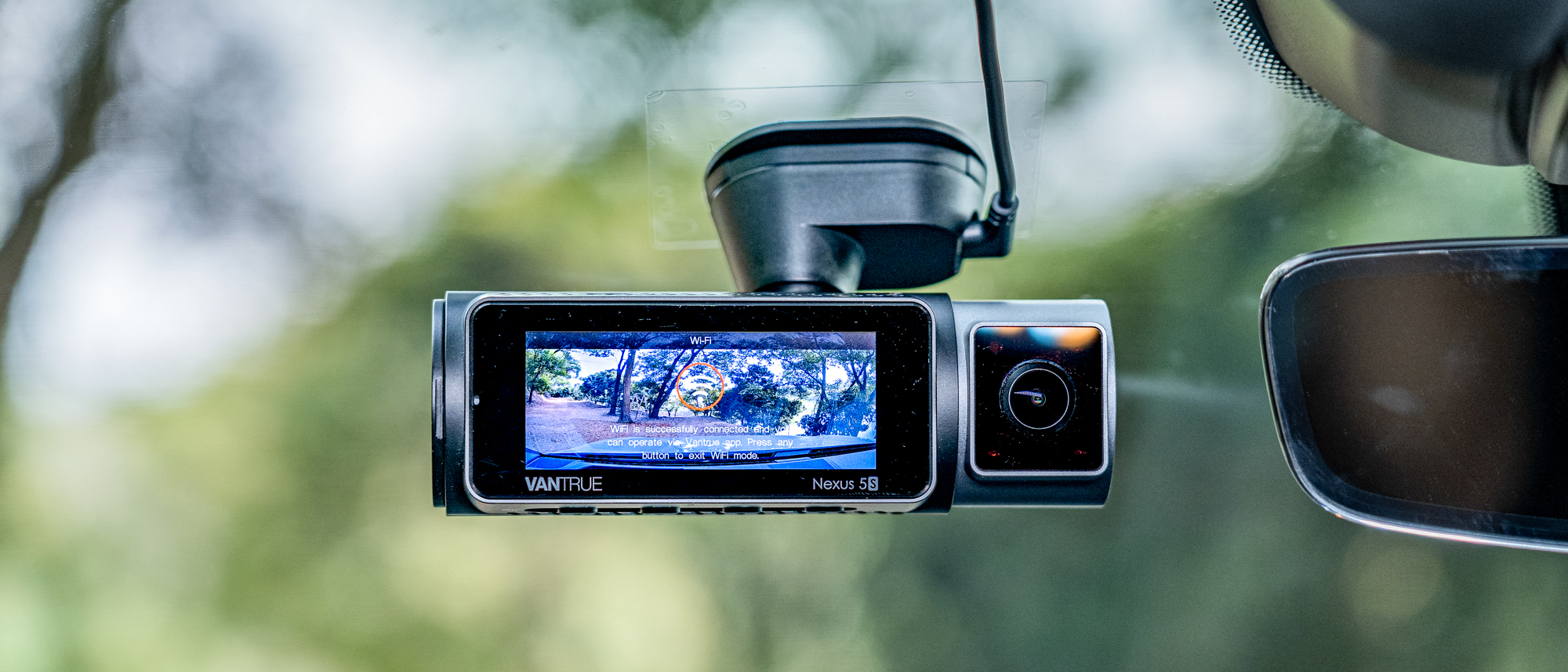Tom's Guide Verdict
The Mojawa Run Plus deliver enjoyable sound in and out of the water, and are strong contenders for the best bone-conduction headphones you can buy right now.
Pros
- +
Light, comfortable design
- +
Enjoyable, customisable sound
- +
Great sound quality when swimming
Cons
- -
Hungry battery life at high volume
- -
Poor fit with swim cap
- -
Sensitive touch controls
Why you can trust Tom's Guide
Price: $159
Colors: Black
Battery life (rated): 8 hours
Connectivity: Bluetooth 5.2
Storage: 32GB
Durability: IP68 waterproof
Weight: 1.1 ounces (28.6g)
The Mojawa Run Plus are bone-conduction headphones with a versatile design that let you workout indoors at the gym or out, or even swim with them at the pool.
The open-ear design offers good comfort levels, a secure fit, and battery life to match other sports-focused bone-conduction headphones like the waterproof Shokz OpenSwim. Mojawa claims the sound output has been tuned by Grammy Award winning producers (although individual names aren't mentioned) and so expectations are high when it comes to the sound performance with all kinds of music content on the Mojawa Run Plus.
Read on to discover how they stand up to the rigors of workouts in and out of the water, and whether they have the stamina and sound quality to be ranked among the best bone-conduction headphones you can buy right now.
Mojawa Run Plus review: Price and availability
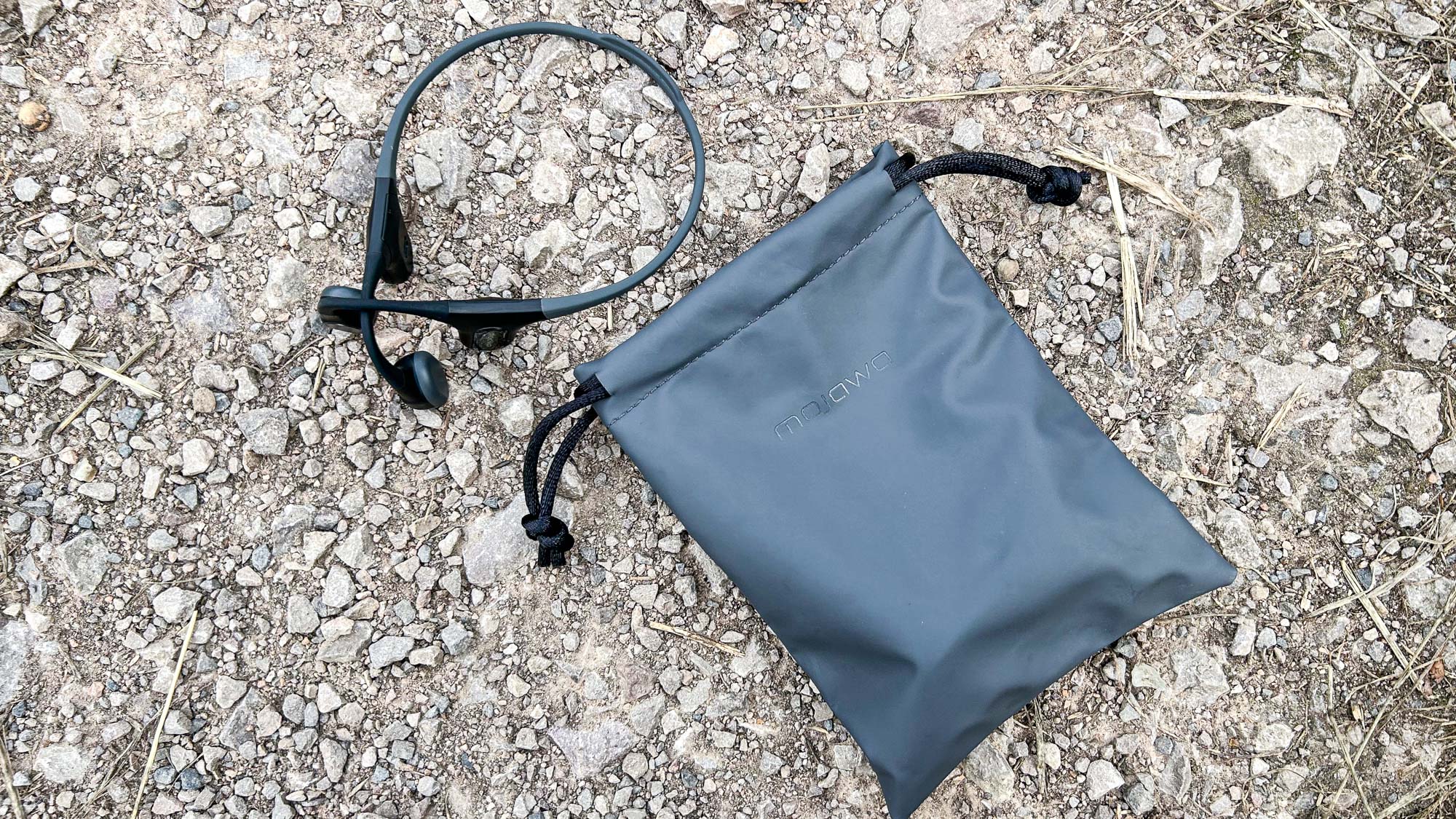
The Mojawa Run Plus launched in June 2023 priced at $159. They are currently available for $139 on the Mojawa website and they can also be found at online retailers including Amazon. By comparison with other waterproof bone-conduction headphones, the Shokz OpenSwim and the Naenka Runner Diver have a slightly more affordable $149 list price.
Mojawa Run Plus review: Design and comfort
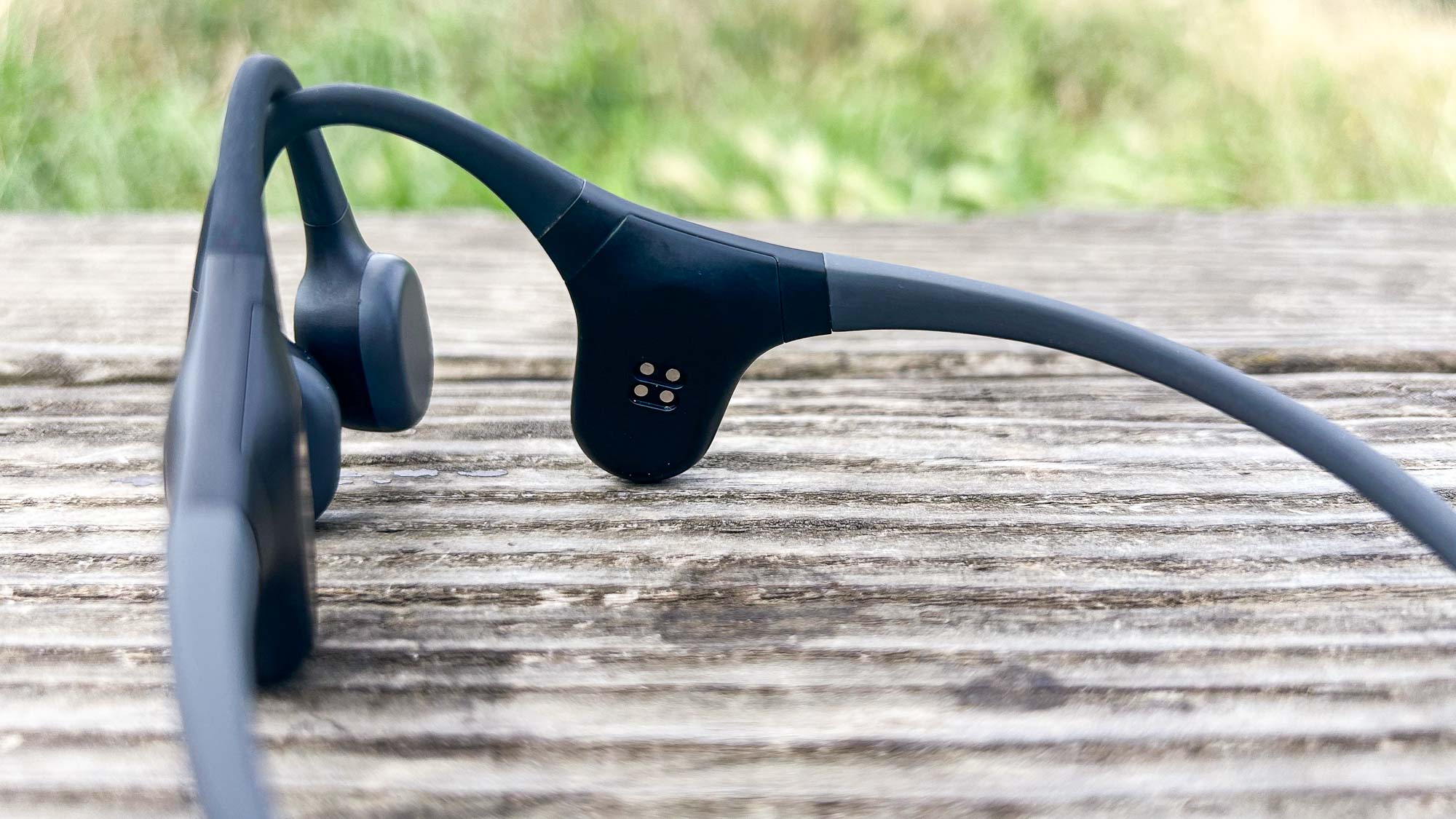
The Mojawa Run Plus doesn’t stray too far away from the company's earlier Mojo1 and Mojo2 designs. They have a neckband-style look made mainly from a titanium alloy with some plastic in play, mainly where the built-in storage and touch controls are placed.
They weigh 1.1 ounces (around 28.6g), which makes them just slightly heavier than a pair of Shokz OpenRun, but lighter than the Naenka Runner Diver. I found them to be light and comfortable to wear for longer periods.
They come with an IP68 durability rating, making them suitable for being submerged in water; according to Mojawa they can be submerged in water up to 2 meters for 2 hours.
Get instant access to breaking news, the hottest reviews, great deals and helpful tips.
There are two types of controls; a physical button on the left side of the headphones, and a longer, touch button that can be swiped to turn volume up and down. The physical button lets you play and pause, skip tracks, answer calls, as well as switch between Bluetooth streaming and music player modes.
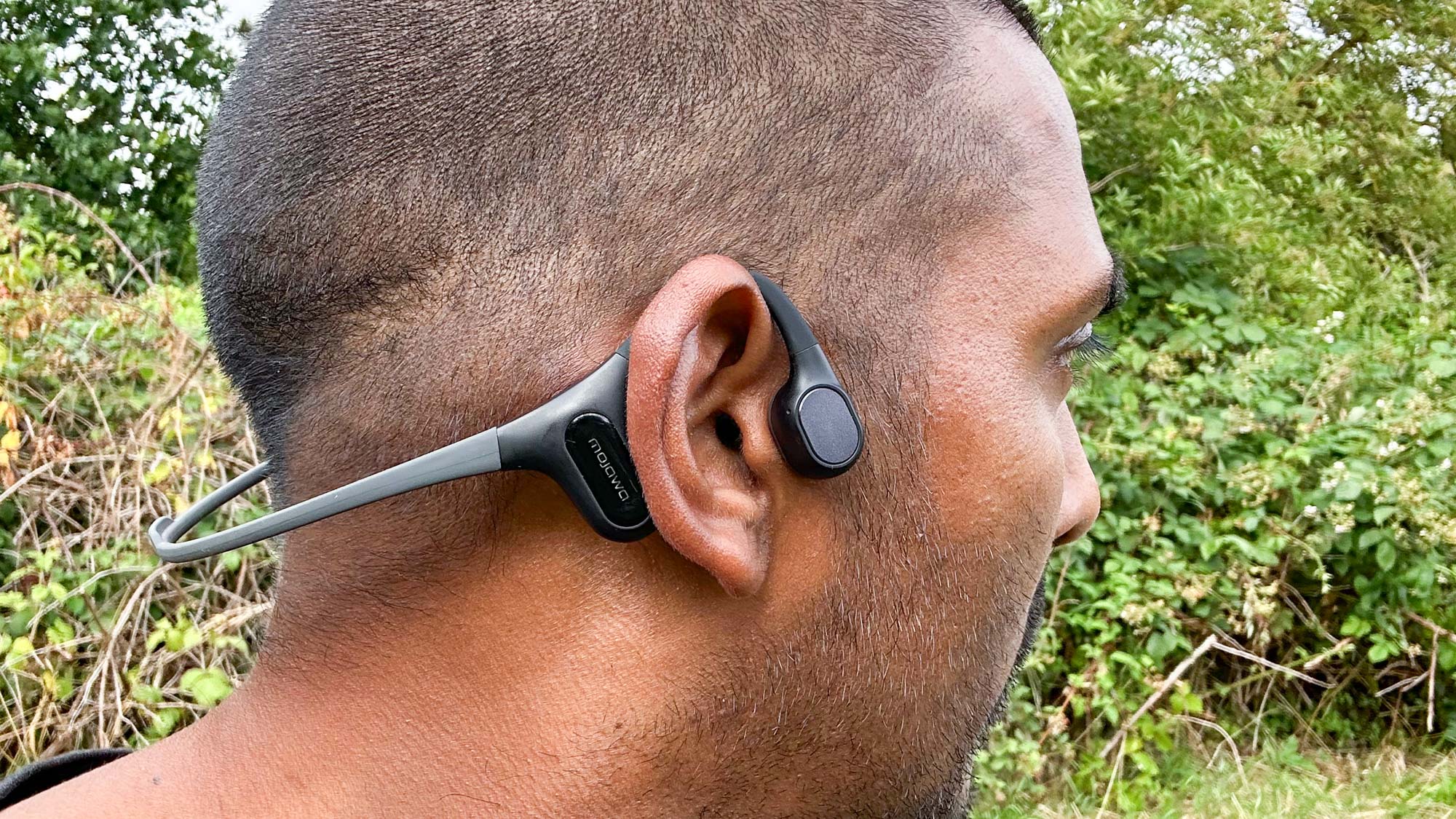
The controls in general have been fine to use, though I found that I could easily turn on the voice assistant features if I accidentally grazed the touch controls.
The fit in the water can be slightly more challenging than other swim models I've tried when wearing them with a swim cap. Doing that means the touch pad is covered up and will randomly turn on playback modes when using the MP3 function.
Touch control gripes aside, there’s definitely some scenarios where the fit isn’t perfect.
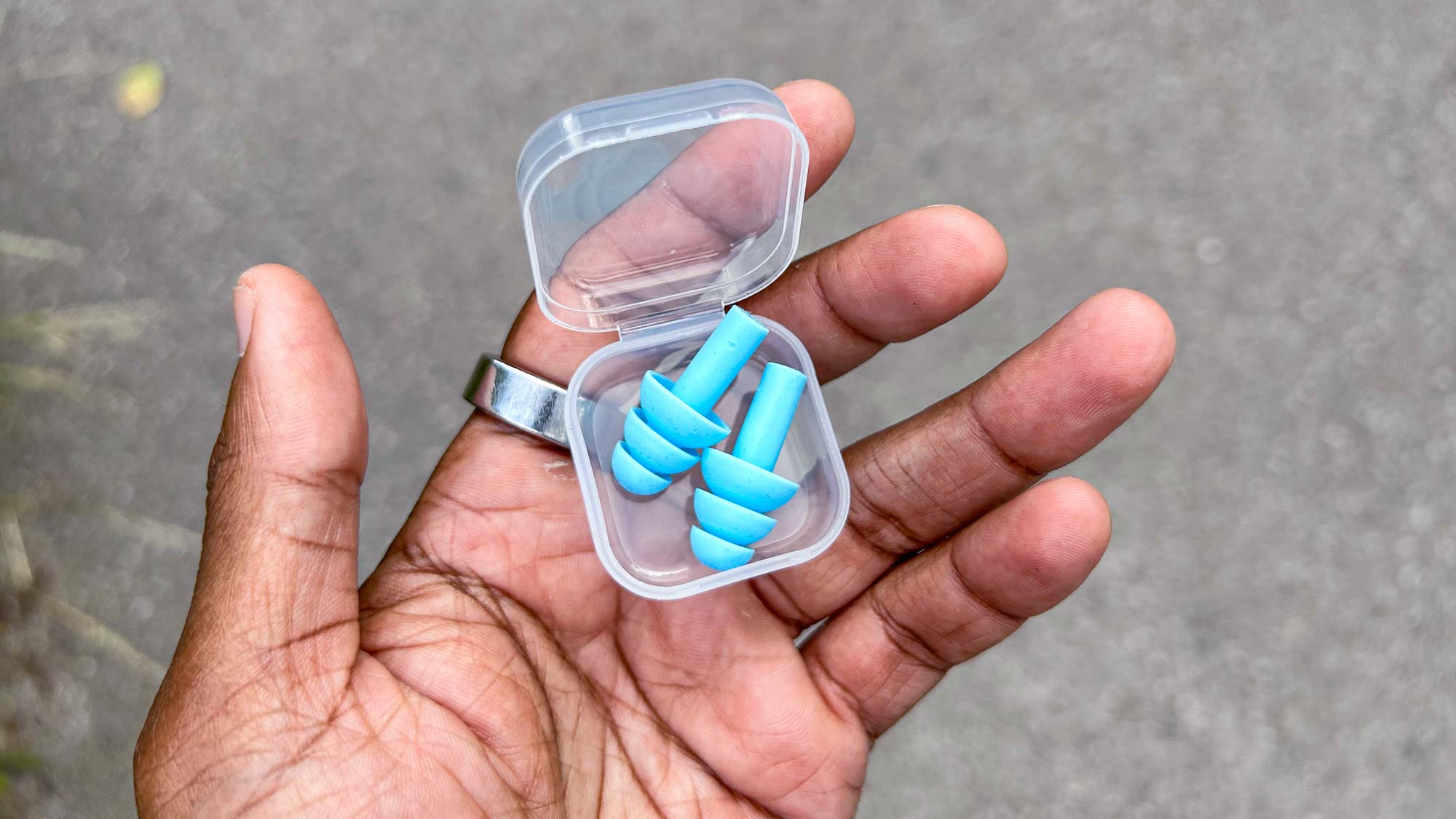
Mojawa also includes a soft carry bag, earplugs for swimming, and a proprietary charging cable for when you need to power them up or sync audio files to the built-in storage for the built-in media player. MP3, WAV, AAC, FLAC, M4A, and APE file formats are supported.
Mojawa Run Plus review: Sound and call quality
Bone-conduction headphones are beginning to make sound quality strides. Several recent models show that going for an open-ear headphone design doesn’t have to mean making sound quality compromises to the same level as we had with early generation models.
Case in point, the Mojawa Run Plus offers a sound that’s up there with the likes of Shokz OpenSwim, Haylou PurFree BC01, and Naenka Runner Diver, offering a balanced sound that make them well suited for listening to music, podcasts, audiobooks and even taking calls.
Using them straight out of the box things don’t initially sound particularly balanced, however. Mojawa says it uses its original bass strength technology to deliver a big, well-rounded sound. Before making use of the EQ modes available on the Mojawa companion app, they default to Balanced EQ mode, which wasn't the best sound setting available.
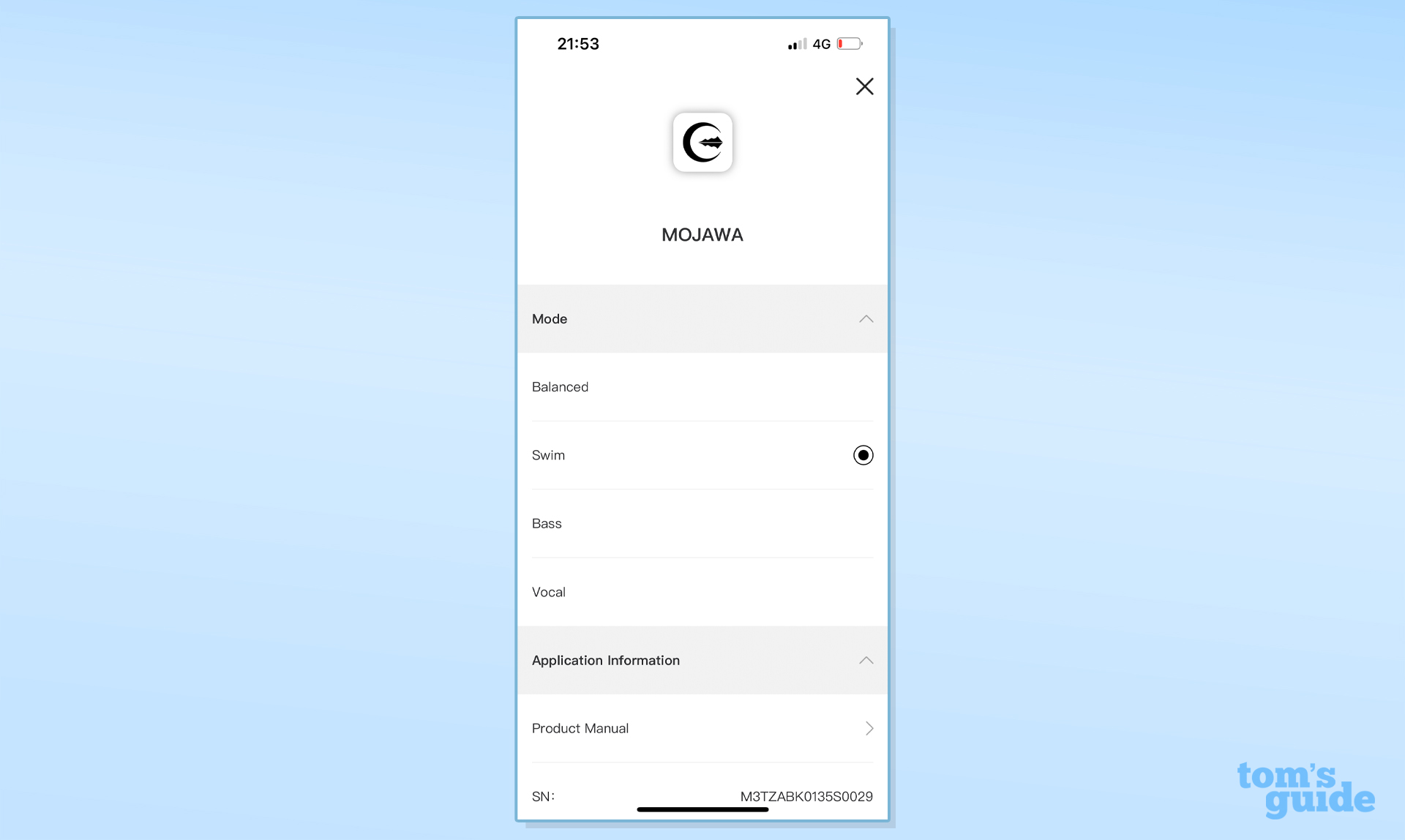
Using the Songs To Test Headphones playlist on Spotify (or even the Tom's Guide Headphone Demo playlist), on tracks like "Wildfire" by SBTRKT or Massive Attack’s "Unfinished Sympathy", you don’t really get a true sense of the bass performance that I know to be available on the recording. Mids also sound a little recessed and boxy. It all feels just a little bit flat.
Switching to the Swim EQ mode and the sound gets warmer with punchier bass and more detailed treble on songs like Jamie XX’s "Gosh" and "On Hold" by The xx. Overall it’s just a fuller, more vibrant sound in this mode, even when you’re not using the Mojawa in the water. Listening at louder volumes does give off more noticeable vibrations from the bone-conduction headphones, but it never felt uncomfortable.
Bass mode sees the emphasis switch and you do get that more noticeable thud of bass on tracks like "Archangel" by Burial or "Rosewood" by Bonobo, but it comes at the expense of what I enjoy in the treble and mid departments.
Last up is a Vocal mode, which does clear things up. The bass takes a back seat and pushes the emphasis on clarity to deliver a more pleasing treble performance. This mode worked well for listening to podcasts.
It’s a shame you can’t switch between these modes directly from the headphones because the Mojawa app can be a bit flaky at times connecting to the headphones. Apart from showing the battery status in percentage and offering those EQ modes, it really doesn’t do much else.
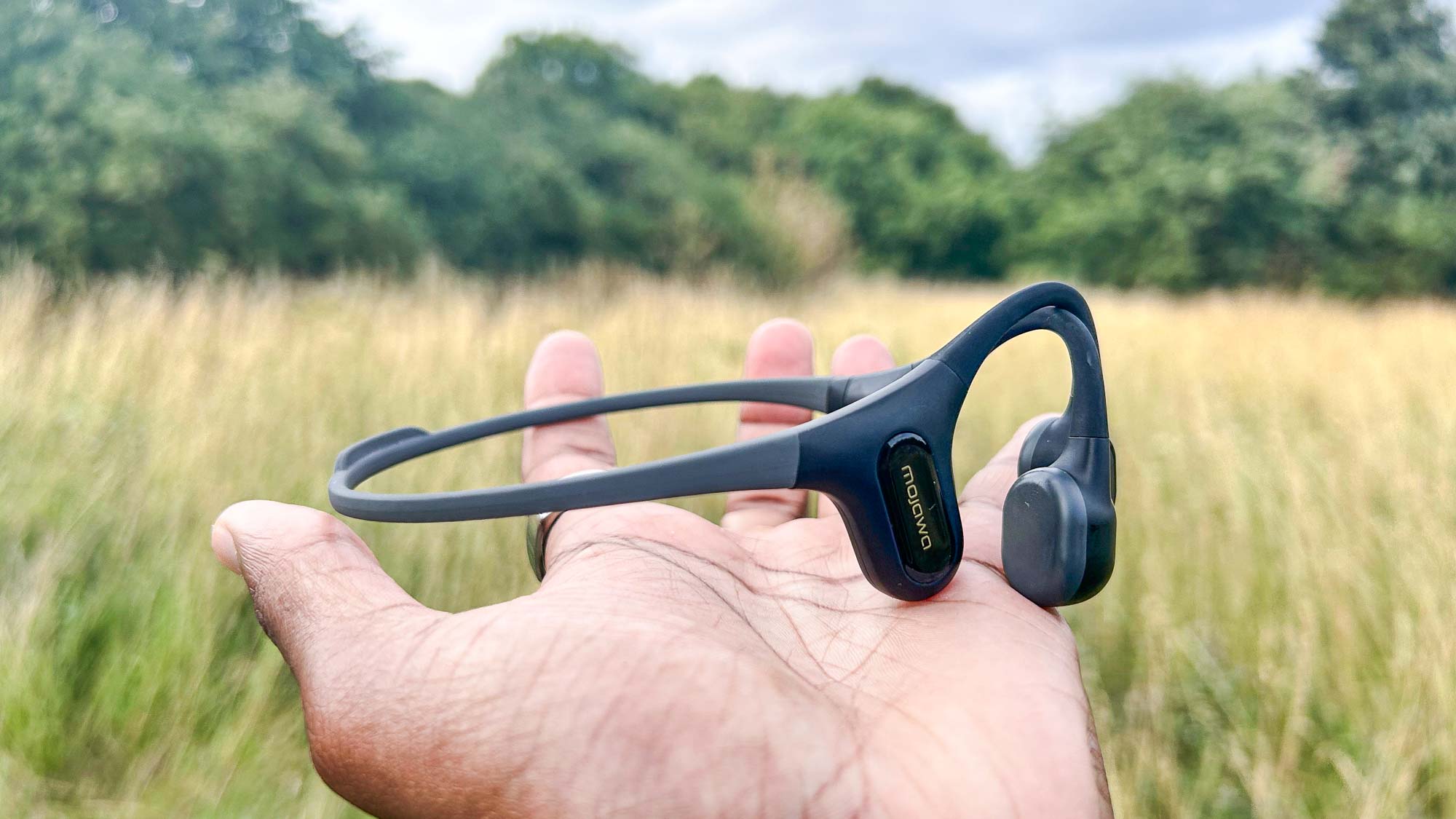
The open-ear experience itself is solid, but I found that in loud and busy environments the Mojawa struggled to compete with external sounds. I needed to have the volume level set pretty high to compensate. It’s the same story for handling calls; you can get good call quality as long as you’re not trying to listen over a lot of loud external sounds.
When you do need to use it in music player mode, you’ll need to grab the proprietary charging cable and plug it into a computer to drag and drop files onto the 32GB player. I managed to sync and move audio in a reasonably swift fashion. There’s a shuffle playback mode, but you can’t create folders or store playlists from music streaming services.
The sound performance in the water is up there with the Shokz OpenSwim and Naenka Runner Diver, which offer some of the best sound quality for swimming. It’s not hollow or muddy sounding, and I found I didn’t need to use the provided ear plugs to get the best sound.
Mojawa Run Plus review: Battery life

Mojawa claims up to 8 hours based on listening at 75% volume. This falls to 6 hours at 100% volume. It really does depend on how loud you like to listen, but during my tests I found that I often had the level close to maximum to get a volume Ievel that sounded right to me.
During an hour-long workout the Mojawa Run Plus battery dropped by 20%, which works out to be around 5 hours capacity. You could feasibly get 8 hours, but you’d have to listen at much quieter volumes to get anywhere close to that based on my experience. For a 30-minute swim using the MP3 mode, the battery dropped by only a few percent, and it seems to maintain battery life for longer in music player mode.
When you do need to top the headphones up, a 5-minute charge gets you 1.5 hours of play time, which makes it a speedy process.
Mojawa Run Plus review: Verdict
The Mojawa Run Plus bone-conduction headphones show how far we’ve come from those early generation models, and they prove that sound quality is getting better. Despite some minor grumbles with poor fit when wearing a swimming cap and lower battery life at high volume levels, the attractive price and versatile durability will win over plenty of buyers. With some of the best bone-conduction headphone sound I've heard, these are a great buy and deserve to be on any shortlist.

Michael is a freelance journalist who has covered consumer technology for over a decade and specializes in wearable and fitness tech. Previously editor of Wareable, he also co-ran the features and reviews sections of T3, and has a long list of bylines in the world of consumer tech sites.
With a focus on fitness trackers, headphones, running wearables, phones, and tablet, he has written for numerous publications including Wired UK, GQ, Men's Fitness, BBC Science Focus, Metro and Stuff, and has appeared on the BBC Travel Show. Michael is a keen swimmer, a runner with a number of marathons under his belt, and is also the co-founder of YouTube channel The Run Testers.

